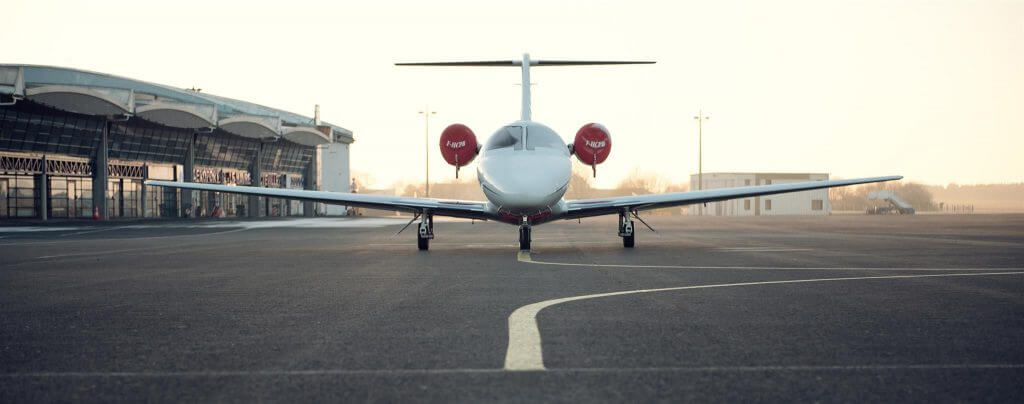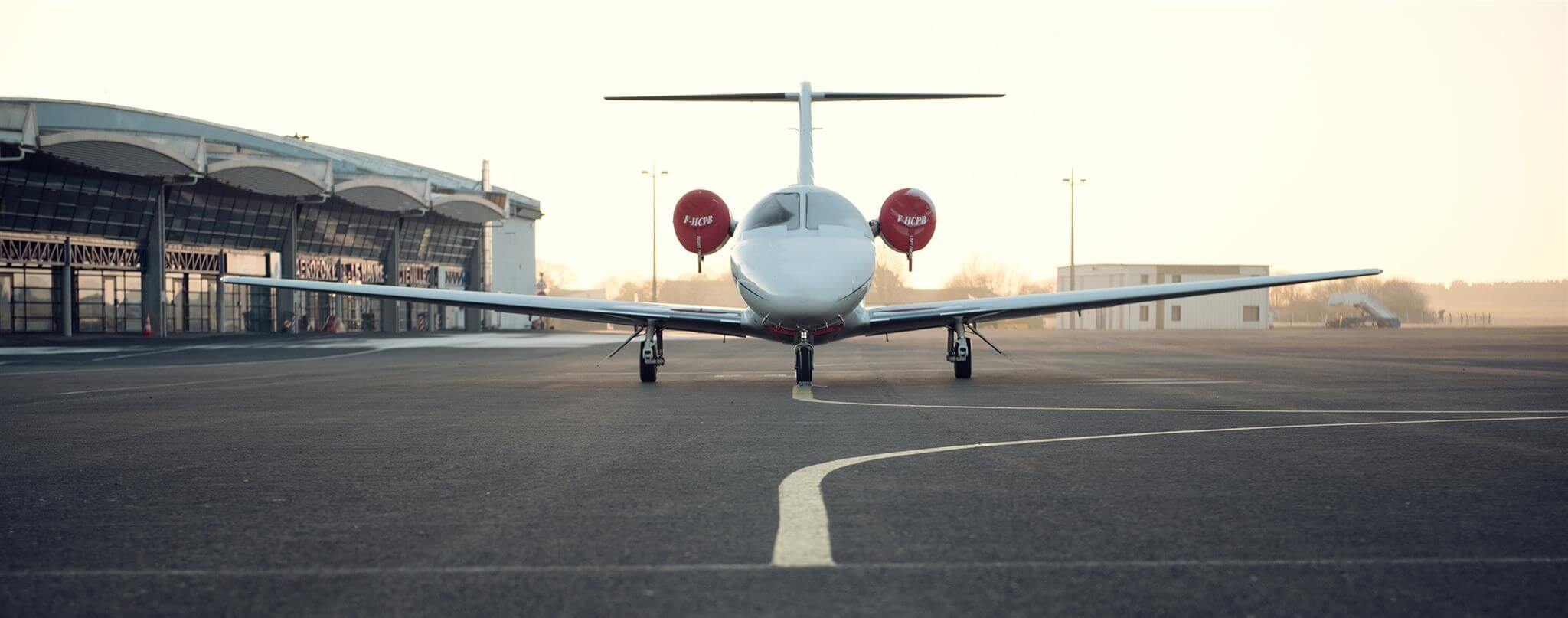The current approach to aircraft inspection
Newly manufactured planes operating within their first economic lifetime require relatively little maintenance, but as an aircraft ages, frequent close inspection is mandatory. Now and in the past, this inspection regime involved expensive manpower.
Human inspectors are required to visually inspect an aircraft, using binoculars and heavy equipment such as cherry pickers to enable scrutiny. Given the size of an aircraft such as the Airbus A380 inspection by humans is a laborious process that can last up to 10 hours, involving multiple personnel. It is an unwelcome expense for airlines typically operating on thin margins.
The advantages of drone inspection for aircraft
Drones are manoeuvrable and have the computing power to make decisions on the fly, so to speak. Applying drone inspection for aircraft leads to two game-changing advantages:
- Easy and free positioning. It is difficult for a human inspector to get into the right position to adequately inspect an aircraft. In contrast, a drone can easily fly the approximately 3,000 square metres required to inspect an Airbus A380. In the process, a drone can photograph every square inch of an aircraft in equal detail. No corner of an aircraft is beyond the reach of a drone.
- Automatic problem identification. Machine learning and artificial intelligence enable algorithms that can assist in on-the-fly detection of aircraft problems. Drones and the software driving them can automatically detect a range of issues including fissures, lightning damage and flaws in paint quality. A drone can also do it far more rapidly than a human can.
These advantages imply that humans are no longer required to spend hours on a tedious and imperfect inspection process. Aircraft inspection by drone saves time and money.
Known airline companies are already using inspection drones
Aircraft inspection by drone is increasingly in the news. Though there is much work to be done, drones are clearly getting close to taking over aircraft inspection duties:
- EasyJet already demonstrated the potential for drones to perform visual inspections that are relatively difficult for humans to do, with more and more aircraft operators expected demonstrations through 2018.
- Air France-KLM’s E&M department is trailing a drone solution. An initial test campaign of 50 test flights around Airbus A320’s has led to an expanded trial phase with two flights a week over five months.
- Ubisense has launched a “smart hangar” solution that intends to automate many of the activities that routinely take place inside an aircraft hangar, combining automated aircraft inspection with automated asset and tool management.
Drones for industrial inspection beyond aircraft
The inspection duties of drones are merely starting at aircraft inspection. Drones have the ability to release human inspectors from risky duties inside sewage systems, mines and oil tankers. Inspection drones could connect with wide-spread sensors and learn from experience to furnish a level of inspection accuracy humans simply cannot attain.
Contact us to see how we can deploy drones for your enterprise requirements to help you automate time-consuming processes and save your operation money.

